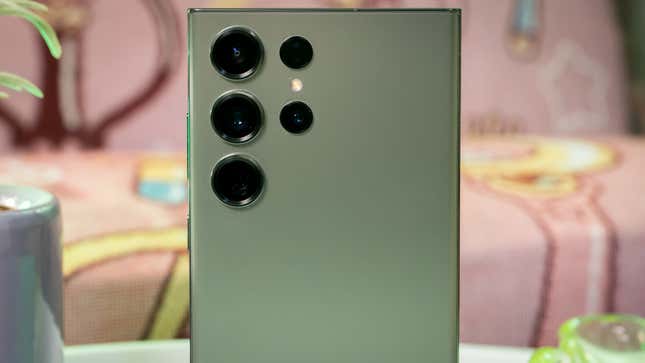
Yes, we’re already talking about the successor to the Galaxy S23 Ultra, or what is bound to be Samsung’s next big flagship smartphone in the coming year.
Samsung is likely bringing its ISOCELL Zoom Anyplace technology to the Galaxy S24 Ultra. The company announced the new camera feature in an official press release, though it’s been discussing the tech in various spaces over the last year. Samsung hasn’t explicitly said this sensor is coming to the Galaxy S24 Ultra, but we can safely assume this is how the technology will make its way through.
The ISOCELL Zoom Anyplace is a camera feature, to be specific. It’s a part of the 200-MP Image Sensor that’s become a staple for the Ultra series over the last few generations. ISOCELL Zoom Anyplace essentially locks video and photo tracking on a moving subject while maintaining clarity in the surrounding scene. Samsung says the feature can “simultaneously capture the full field of view and zoomed-in areas on video.” Both the full-screen and zoomed-in views will be fully high-res.
The ISOCELL Zoom Anyplace ability—a catchy name you’ve got there—is partially facilitated by the sensor’s Tetra pixel capabilities, which have been the strong point of Samsung’s Ultra lineup over the last few generations. Despite the improved optical zooms of the Apple iPhone 15 Pro Max and Google’s Pixel 8 Pro, Samsung’s Galaxy S23 Ultra remains supreme in its abilities with its up to 10x zoom. But will it continue to carry the torch into the next era of smartphones?
The rumor mill has been churning out doubt, with alleged reports of dialed-down camera capabilities in the next Ultra release. At this point, all we can do is wait and see.
One other feature as a part of the new image sensor is End-to-End AI Remosiac for image capture, which Samsung says will reduce latency on those final image touchups it does in the backend. The company claims it should produce photos with richer details and colors. Here’s hoping richer doesn’t mean increased contrast and saturation because those both remain strong on Samsung’s camera algorithms.

